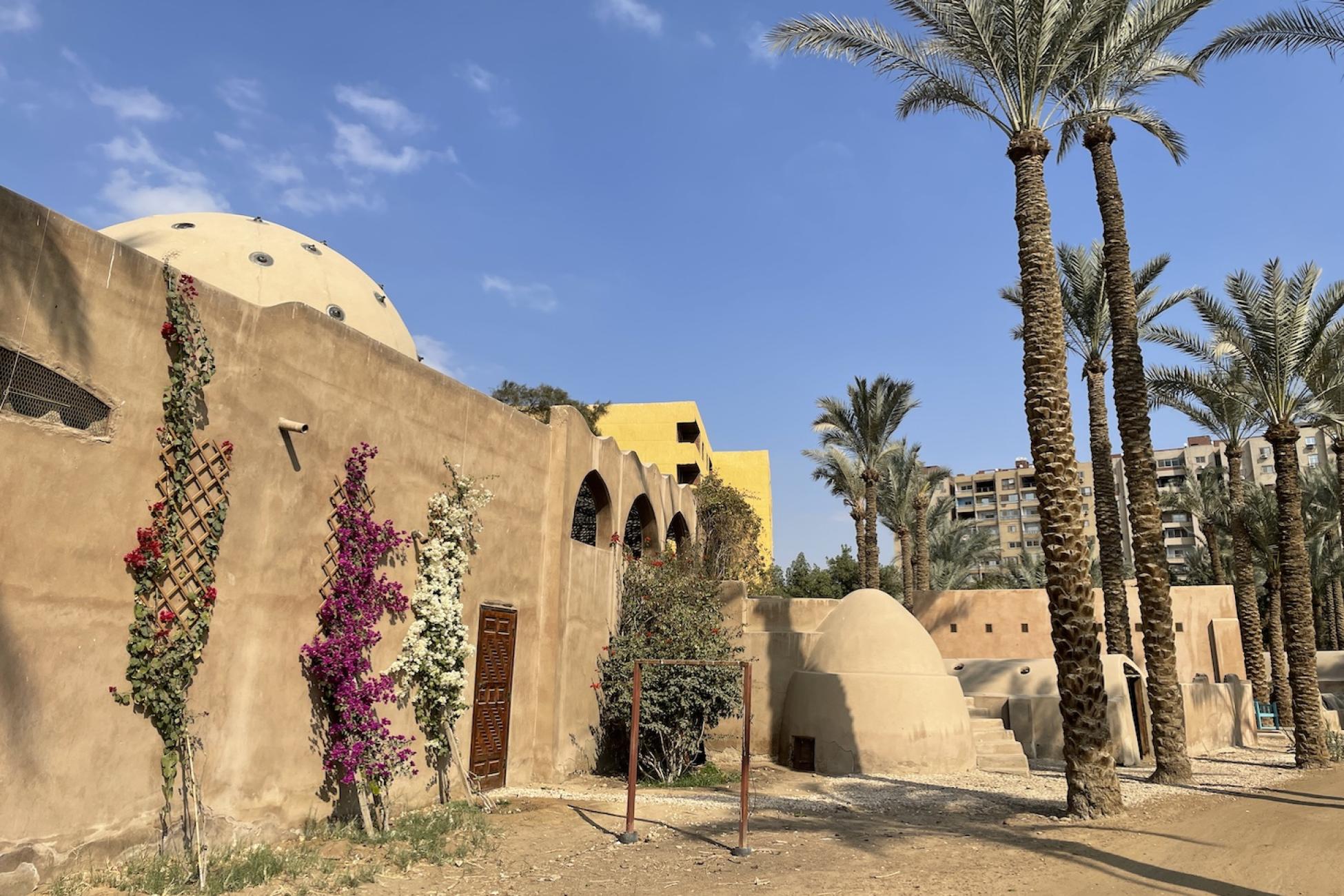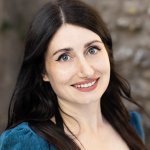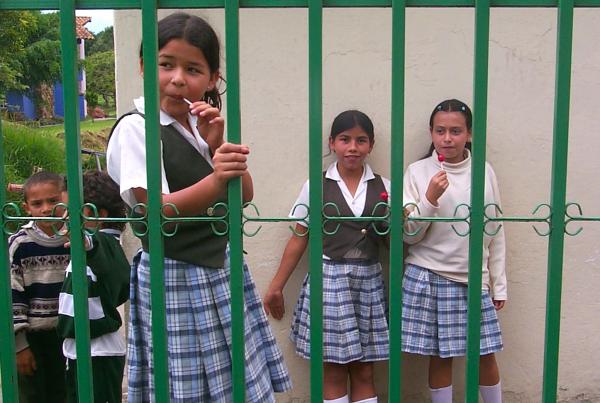When I graduated from university, I joyfully fell into working in museums. I managed to get a job as a tour guide at Farley Farmhouse in Sussex, which was the former home of photographer, model and war correspondent, Lee Miller, and painter and Picasso’s biographer, Roland Penrose. Miller and Penrose’s friends included all the great artists of the early 20th-century including Picasso, Max Ernst and Man Ray.
While in the UK last year, I took a friend to Farleys. It was only upon re-hearing the story of Lee Miller's life that I remembered she had a connection to Cairo, where I now live.
I did some frantic research and contacted Anthony Penrose (Roland and Lee’s son) in search of what her life was like in Cairo and where she lived. In his book, The Lives of Lee Miller, Anthony writes that she lived on the Island of Giza. I assumed this was Zamalek and was planning to traipse round all day with the photograph in hand, trying to find it.
Lee Miller was born in New York in 1907, and she led a creative, colourful and, at times, turbulent life. Having almost been hit by a car in New York, she was scooped up by Conde Nast himself and appeared on the front cover of Vogue magazine. This led to a modelling career, which was abruptly stopped when her image was used, without her permission, to advertise sanitary products.
After this, a friend gave her a letter of introduction to Man Ray, an American visual artist who was working in Paris at the time. When he appeared in the café, she described him as looking like "a bull." They became teacher and student, artist and muse, and lovers. Over time, Lee became a successful artist and stood up against aspects of the Surrealist Manifesto including the idea that men could take other lovers, but women couldn’t. She stood by her beliefs and did as she pleased. In the 1930s after the end of their relationship, she moved back to New York and set up a commercial photographic studio. There, she met a successful Egyptian businessman, Aziz Eloui Bey, who despite already being married, left his wife and married Lee. They packed up the studio and headed for Cairo, Egypt.
I’m sure the sense of a new adventure appealed to her, but Lee found the British expats in Cairo (who she described “as the black satin and pearls set”) extremely tiresome and she would travel into the desert to explore. It is in Egypt that she took photographs purely for herself. Miller missed the liberal arts set in Paris, and eventually Aziz let her leave Egypt with Roland Penrose, whom she married, and they settled in a corner of East Sussex. A strange place for such dynamic and well-known figures, and just down the road from where I grew up.
When I moved to Egypt in 2019, I'd honestly completely forgotten that Lee Miller had lived here. I’d left Farleys Farmhouse eight years before and a lot had happened in the intervening years. I’d left tour guiding to travel and work in Sierra Leone, West Africa, an experience which changed my outlook on the constructs of the world, charity work and the belief that the Western world does everything best.
But it was because of Lee Miller that I went to Sierra Leone in the first place. Telling her story five times a week, being immersed in the ways she lived her life, which seemed impulsive and constantly changing appealed to me. For whatever reasons she had for her decisions, she struck me as the true definition of an empowered woman in charge of her own story.
I moved to Dokki, Giza in 2020. The COVID-19 pandemic had just started, and my housemate declared they were moving out. I decided to find somewhere I could afford to live alone. Out of the blue, an apartment appeared and at a good price. The area itself, just off the Nile corniche, is home to a number of hospitals and Embassies. Many of the buildings are built in the colonial style. It feels like a less “fancy” version of Zamalek.
I got my reply from Anthony after a long day of teaching. I almost fell off my chair. She lived in Dokki, adjacent to Boulos Hanna street. Which is where I live. I was living almost next door to Aziz’s former home.
This area of Cairo was also called "Finney’s Island." It was home to the wealthy upper classes. Here Aziz had a villa, while other residents included Badia Masabni, a Lebanese cabaret owner, to whom many people attribute the development of Raqs Sharqi into a stage art. She certainly hired dancers who went on to be some of the most respected and celebrated dancers of all time, including Samia Gamal and Tahia Cariocha.
I couldn’t believe that considering how huge Cairo is, I was living two minutes away from Lee Miller’s former home. And I have dated the grandson of one of Miller’s friends here.
Whether it’s fate or chance, I can’t help but feel the influence of Miller on my life choices over the last decade.
Add this article to your reading list




